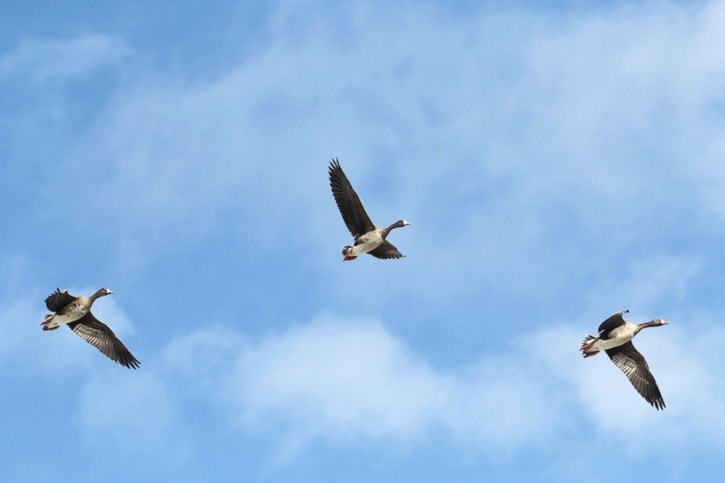There it is: six inches of snow when we expected daffodils in full bloom. It’s all very pretty of course, but the birds think little of it. The Cedar Waxwing shook the bush again this morning — we couldn’t understand why the leaves were shaking without any wind and couldn’t see a thing until the bird flashed out and landed in a high, naked alder for all the world to see. Alder catkins are starting, but things are necessarily slow this year. Plants are not so foolish as to get into full flower just yet, and now we have to ‘spring forward’ again just when we were getting used to being up at first light. The politicians make dawn that much earlier as though they have the right to decide. We are like sheep, I suppose, but the kids have to be in school on time and we have to be at work.
It is nice to realize that the actual hours of the day have little meaning in the wild world. Birds don’t give a toss about Einstein’s intergalactic space-time continuum — they live their lives in hope that the time for cold weather will soon be gone and there will be enough space for them in the wild wood for the next generation. To them it is all about length of daylight and the sun’s place above the horizon. We get a little depressed when we lose sight of our own biological rhythms so it’s good to remember that the world is not all ours.
The migration is not yet in full swing, but robins are here, siskins are sweeping in small jumpy flocks from alder to alder, and Varied Thrushes are singing. My late friend Ruth Stewart-Burton once asked what the ‘telephone bird’ was. She’d hear it in her garden every spring but couldn’t see the bird hidden in the forest. Varied’s have a mellow sort of extended ‘dreee’: a single, long, drawn-out note. It’s only when the Varied sings alone that it sounds monotonous. When a group of them sing back and forth to each other — say one hits the key of E, another G, another B and one in F — then they become more musical. They are the earliest dawn singers. Only occasionally have we heard a choir of Varied Thrushes sing together in a closed old-growth forest canopy with a river or clearing in the centre. They like to sing across open space, where their song resonates a little better while the bird itself remains hidden somewhere halfway up in the trees. One voice is way more than the sum of its parts, and together they use up all the space around them. Magic!
Two adult eagles sit on a rock beside the sea and prep for the long nesting season ahead. They don’t look very busy as they sit surveying their domain. Shorebirds are all tucked up together nearby, unhindered by their large cousins. They are all waiting for the tide to do something. It always does. Falling, it leaves food behind; rising, it pushes the seaweed around to reveal tasty morsels for small bills. Out over the flats the tide floats the spring eelgrass that provides breakfast for the Brant. Eleven White-fronted Geese graze in the meadow and seem unperturbed by humans walking by. Everyone waits.
